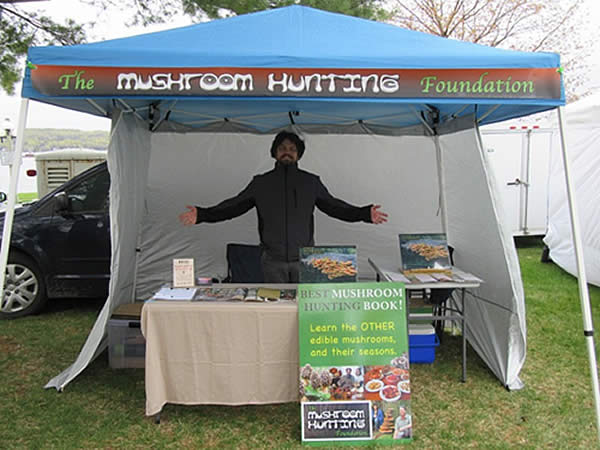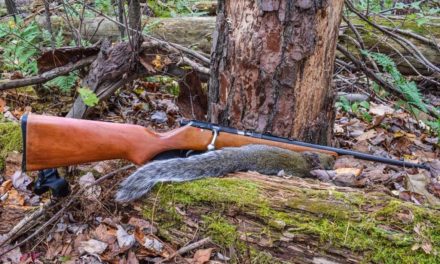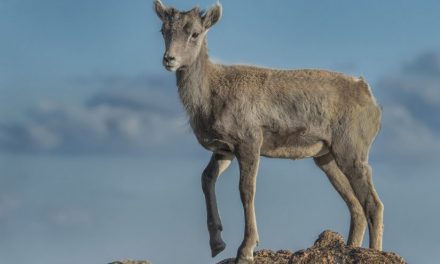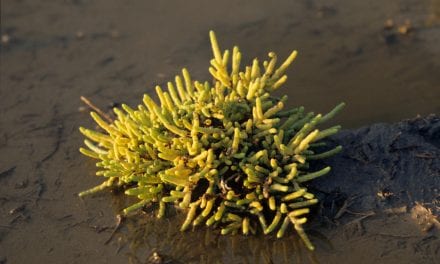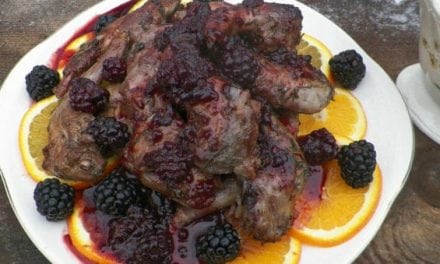By Ryan Bouchard
In Spring of 2019, we taught many classes, giving new insights to those who have done some mushroom hunting already while helping plenty of new people get their foot in the door, whether through public or private classes. We also restructured and streamlined the entire system of our equipment, for travel, camping, cooking demonstrations and presentations. We installed a roof rack on our van to make some extra space for it all. This overhaul was our April project, in preparation for spending most of May on a road trip. We find plenty of local morels in southern New England, but there is sort of a morel Mecca out there and we had to make our pilgrimage.
Some of you may know that May is “Morel Month in the Midwest.” Michigan has several festivals devoted to these super delicious mushrooms, and we planned our trip around the two biggest four-day festivals in the state. We bought vendor table spaces and were able to save money by camping right on the festival grounds. The trip was a great success. We faced a lot of cold wind and rain at certain points but we accomplished our primary goal: to sell a large number of copies of our Gourmet Mushrooms of the Northeast 2019.
We also accomplished other goals. Some of the spring season morel relatives, like the dangerous Gyromitras, have proven rare for us to find in southern New England. Some members of that family we have never seen at all but in Michigan, Emily’s sharp eyes found us our first ever Verpa conica and Verpa bohemica. We, of course, cooked and ate these and despite their reputation as being a poor substitute for morels, we both thought they were great. Someone expecting the meaty taste of true morels would surely find the taste very odd but we knew better and judged the Verpas on their own merits. The taste was slightly sour, but in a very enjoyable way.
We got to experience the beautiful Michigan wildflowers and the fun of Michigan’s morel culture. There were morel classes, morel tasting events, people selling morels out of coolers, morel-based menus at local fine dining establishments and morels were even being served up at the local bowling alley
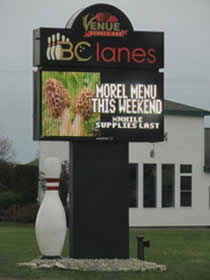 The best part was meeting legendary morel hunters, Tom Nauman and Alex Babich, aka “the Mad Russian.” Both of these guys knew Larry “Tree” Lonik when he was alive. They shared some great stories of him and of their own adventures. We bought Alex’s Morel Mushroom Hunting DVD which has some insanely good morel recipes and enough morel hunting footage to train your eye for finding them. From Tom Nauman, we bought a copy of Larry Lonik’s DVD Motherlode–another informative film, and one that allows a glimpse of how entertaining Larry was.
The best part was meeting legendary morel hunters, Tom Nauman and Alex Babich, aka “the Mad Russian.” Both of these guys knew Larry “Tree” Lonik when he was alive. They shared some great stories of him and of their own adventures. We bought Alex’s Morel Mushroom Hunting DVD which has some insanely good morel recipes and enough morel hunting footage to train your eye for finding them. From Tom Nauman, we bought a copy of Larry Lonik’s DVD Motherlode–another informative film, and one that allows a glimpse of how entertaining Larry was.
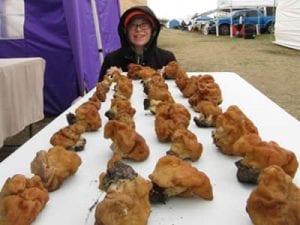
Emily Schmidt with some especially brainy Gyromitra korfii
We knew we’d have to spend most days tied to our vendor table, so we figured we’d put up a “WANTED” poster for false morels, to encourage festival goers to bring cool mushrooms to us. Check out all these Gyromitra korfii specimens that were brought to us at our table! Let me remind you that seeing photos in this article does not mean you have instantly learned how to safely enjoy wild mushrooms. When you find a mushroom, comparing photos is certainly a great way to begin the process but there is a background of basic knowledge you will need to have first, along with some basic safety rules for mushroom identification and cooking.
We found our own Gyromitras too, during the days between the two festivals. We got some great Gyromitra photos for our presentations, to help our students recognize these “false morels”. Many people in Michigan actually eat them, which is not recommended! Gyromitras contain MMH, a unique toxin that is deadly, but highly volatile, meaning that sometimes it can be absent, but other times, highly concentrated. Responsible books consider them deadly, despite the fact that many people do eat them. Our attempts to talk people out of it mostly failed. It’s quite tasty, apparently, and we spoke with many older folks who have enjoyed it all their lives. Many of them call it the beefsteak morel, and swear by their own methods of preparing it for safe consumption but in truth, there is still a real possibility of danger.
Regardless of your opinion about this, eating any Gyromitra raw is certain to cause poisoning. Be sure you don’t confuse information about the so-called beefsteak morel with information about the beefsteak polypore. The beefsteak polypore is unusual among wild mushrooms for actually being safe to eat raw. Sure, these two “beefsteaks” look nothing like each other; the only similarity is their names. But if someone eats the so-called beefsteak morels (Gyromitra species) in a raw or undercooked state, they’ll be in real trouble.
We also found a lot of pheasant polypores. One of them, instead of growing from the usual maple tree host, was growing from a beautiful sycamore tree! We had never seen this before. We cooked it with wild leeks for breakfast the next morning. Delicious! We’ve heard that many of you were able to find and enjoy your own pheasant polypores this year by consulting the May page of Gourmet Mushrooms of the Northeast 2019. Congratulations! We hope you find many more.
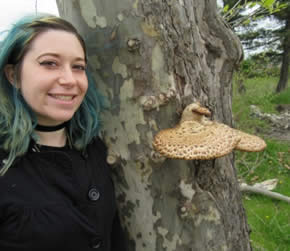
Emily Schmidt. Mushroom Hunting Foundation
The black morel season in Michigan was pretty much over by the time of the festivals, but we did find some nice yellow morels. Ironically, we would find even bigger ones when we were back in southern New England, as May was coming to an end. Because of the size of these things, Emily was actually able to try a certain technique from Alex’s DVD on how to stuff giant morels and cook them whole. First she recreated Alex’s awesome salmon recipe and then of course began to come up with new stuffed morel ideas of her own.
At this point we had found yellow morels in many of their preferred habitats: under old apple trees, under ash trees, in gardens with lucky beds of woodchip mulch but we still hadn’t found them under an elm. In the prior century, Dutch Elm Disease wiped out most of the region’s elms which affected morel hunting greatly. Still, there are elms out there and I became obsessed with them. If there was an elm tree there in front of me, I wanted to know it! I studied photos in hopes of recognizing the pattern of their bark. The effort paid off: it was proudly collected under an elm, along with several others. Back in southern New England yet again, we proceeded to find a whole lot of deer mushrooms (Pluteus cervinus).
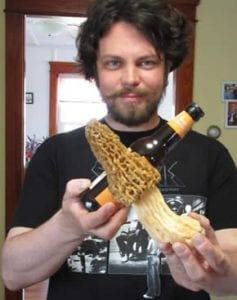
Ryan with a large Vermont yellow morel
Eventually, on a maple stump in northern RI, we even found our best deer mushroom score ever: over 60 individuals, including a cluster of giant ones. Deer mushrooms are an experts-only species, though. Some of the look-alikes are quite dangerous. Unlike the easy morel and false morel, the deer and its look-alikes are really quite similar in appearance. Before you ever cook one to eat, you’ve got to be fully experienced with telling them apart, especially from Entoloma sinuatum and various Amanita species. My favorite way to enjoy a big deer cap is still the method I described in my book: sautéed, salted, and served over a butter grilled Portuguese sweet muffin. It’s a great way to accentuate the deliciously peanut-like flavor of the deer mushroom.
The deer is just one of many reasons to begin studying the more challenging mushrooms. But as we always remind our students, we are lucky in this part of the world, where some of the easiest, beginner-friendliest mushrooms out there are also some of the most delicious.
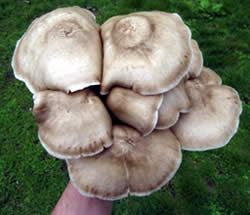
The deer mushroom, Pluteus cervinus
So last year we had a pretty great Spring. This year, with the mild winter and the rain, we’re likely to have one too. Good luck and be safe out there. Remember, when in doubt, throw it out, enjoy the season and may the spores be with you.
Ryan Bouchard is President of the Mushroom Hunting Foundation which he runs with Emily Schmidt. You can learn more about their work at https://mushroomhunting.org

